Are heirloom plants harder to grow than regular varieties? Many gardeners wonder if the unique characteristics of heirloom plants make them more challenging to cultivate. While their rich history and diverse traits may seem intimidating at first, the secrets to growing heirloom plants successfully lie in understanding their needs and applying the right techniques. Whether you’re new to gardening or looking to expand your skills, this guide offers expert tips on how to grow heirloom plants, ensuring healthy, robust growth and vibrant harvests. From selecting the perfect varieties to mastering care and maintenance, discover how to embrace the beauty and benefits of heirloom gardening. With the right knowledge and a little patience, you’ll be enjoying the fruits—and vegetables—of your labor, experiencing the joy of nurturing plants with a legacy of their own.
Key Takeaways
– Understand Heirloom Plants: Heirloom plants are those passed down through generations, valued for their historical significance, unique traits, and resilience.
– Characteristics of Heirlooms: They excel in adaptability, aesthetic appeal, and culinary value, while contributing to biodiversity conservation.
– Why Heirlooms Are Valued: These plants support sustainable practices, preserve cultural heritage, and offer natural resistance to pests and diseases.
– Growing Heirlooms: Focus on seed saving, proper care, and using resources like OldSeed.org for guidance.
– Heirloom Seeds Are Legal: Non-patented and open-source, they can be grown, sold, and exchanged legally.
– Difference from Hybrids: Heirlooms are open-pollinated, while hybrids are F1 seeds with uniform traits.
– Qualifying Heirlooms: They have a history of at least 50 years, are open-pollinated, and possess unique, adaptable traits.
– Preserve Agricultural Heritage: By growing heirlooms, you protect biodiversity and connect with traditional, sustainable practices.
– Savor the Flavor: Heirlooms often offer superior taste and resilience compared to modern hybrids.
– Adopt Sustainable Practices: Heirloom gardening reduces reliance on synthetic interventions, promoting eco-friendly practices.
– Protect and Celebrate: Heirlooms are more than plants—they’re cultural legacies waiting to be discovered and nurtured.
Are Heirloom Plants Harder to Grow?
Heirloom plants are often celebrated for their unique traits and historical significance, but many gardeners wonder if they are inherently harder to grow compared to hybrid or genetically modified varieties.
While some heirloom plants may require more attention to specific growing conditions, the reality is that regionally adapted heirlooms are often easier to care for and more resilient. These plants are bred to thrive in particular climates, reducing the need for pesticides and chemicals. In fact, many gardeners find heirlooms to be just as manageable, if not more so, than hybrid options.
Here’s why heirloom plants are sometimes considered harder to grow—and why they’re worth the effort:
- Adaptability:** Heirloom plants are naturally suited to specific regions, meaning they require less artificial intervention to thrive. This adaptability can reduce the need for frequent pesticides and fertilizers.
- Fewer Chemicals Needed:** Regionally adapted heirlooms are typically hardier and less susceptible to pests and diseases, minimizing the reliance on chemical treatments.
- Better Flavor and Nutrition:** Many heirlooms are known for their superior taste and nutrient density, making them a rewarding choice for food production.
- Historical Resilience:** These plants have been cultivated for centuries, developing natural defenses against common challenges, making them easier to maintain over time.
- Lower Maintenance Once Established: Once an heirloom plant is settled into its ideal environment, it tends to be quite low-maintenance.
- Genetic Diversity:** Heirlooms benefit from diverse genetics, which can enhance overall plant health and productivity.
Old Seed offers a wealth of resources and guides to help you get started with heirloom gardening, ensuring you can enjoy the benefits of these timeless plants. Explore our collection of heirloom seeds and learn more about sustainable gardening techniques that will make your experience with these plants even more rewarding.
For more insights into heirloom gardening, check out our main website and discover how you can grow your own heirloom plants with ease and confidence.
How Do You Grow Heirlooms?
Heirlooms are unique plants that have been passed down through generations, valued for their flavor, history, and resilience. Growing heirlooms can be a rewarding experience, but it requires attention to detail and the right approach. Here’s a guide to help you succeed:
1. Choose the Right Location
- Sunlight : Heirlooms thrive in full sun, so select a spot that gets at least 6 hours of sunlight daily.
- Soil : They prefer well-draining soil rich in organic matter. Test your soil pH to ensure it’s suitable for your plants.
- Air Circulation : Proper ventilation is essential to prevent diseases. Stake or trellis plants to encourage airflow.
2. Start Seeds Indoors
- Timing : Sow seeds indoors 4-6 weeks before the last frost date in your region. Use a seed tray or small pots with good drainage.
- Lighting : Provide consistent light, ideally 18-24 inches tall, and rotate the plants regularly to ensure even growth.
- Watering : Keep the soil moist but avoid waterlogging. Use a spray bottle or watering can to avoid damping off.
3. Transplant Outdoors
- When : Plant heirlooms outdoors after the last frost, typically in late spring or early summer.
- Spacing : Space plants according to the variety’s needs, ensuring there’s enough room for growth and air circulation.
4. Care and Maintenance
- Watering : Heirlooms may require more water than common crops, but overwatering can lead to root rot. Check soil moisture before watering.
- Mulch : Apply organic mulch around plants to retain moisture and suppress weeds.
- Pest Control : Monitor for pests like aphids, snails, and slugs. Use organic methods such as compost, neem oil, or diatomaceous earth.
5. Harvesting
- Vegetables : Harvest vegetables when they reach peak ripeness, usually at 60-75 days after planting. Leafy greens can be harvested earlier.
- Flowers : Deadhead flowers to encourage more growth and extend the season.
- Herbs : Harvest herbs when they reach maturity, often closer to the plant’s lifespan.
6. Preserving Heirlooms
- Seeds : Collect seeds from healthy plants for next year’s crop. Store them in a cool, dry place for germination.
- Plants : Consider dividing perennials or taking cuttings to propagate heirlooms for future gardens.
By following these steps, you can successfully grow heirlooms and enjoy their unique benefits. oldseed.org offers detailed guides and resources to help you get started.
Do Heirloom Plants Come Back Every Year?
Heirloom plants are known for their resilience and continuity, making them a favorite among gardeners and farmers alike. Unlike hybrid varieties, heirloom plants are open-pollinated, meaning their seeds can be saved and replanted year after year to produce plants that are genetically identical to their parents.
Why Heirloom Plants Return Annually
- Genetic Stability: Heirloom plants are open-pollinated, allowing their traits to be passed down accurately through successive generations. This genetic consistency ensures that the plants will look and perform similarly each year.
- Adaptability: Many heirloom varieties are bred to thrive in specific climates and conditions. This adaptability allows them to survive and even flourish in diverse growing environments.
- Historical Significance: Heirloom plants often have deep roots in cultural and historical contexts, making them cherished for their unique characteristics and stories.
- Seed Saving Appeal: Open-pollination makes heirloom plants ideal for seed-saving efforts, enabling gardeners to maintain their own strains year after year.
Caring for Heirloom Plants
To ensure heirloom plants return annually, proper care and maintenance are essential:- Planting Time: Sow seeds indoors 4-6 weeks before the last frost date in your region.- Soil Preparation: Use well-draining soil with compost for optimal growth.- Watering: Provide consistent moisture, especially during germination and early growth stages.- Support: Use stakes or cages to help plants stay upright as they grow taller.- Pest Control: Monitor for common pests and treat issues promptly to protect the crop.
By understanding these basics, you can enjoy the recurring beauty and productivity of heirloom plants year after year. Their ability to return reliably makes them a valuable addition to any garden or farm. For more tips and resources on growing heirloom seeds, visit Old Seed .
What Makes a Plant an Heirloom?
An heirloom plant is one that has been passed down through generations due to its unique qualities and value. These plants carry historical significance, often tracing back to ancient times or specific regions. Their distinctiveness makes them irreplaceable and cherished.
Characteristics of Heirloom Plants
- Historical Value : Heirloom plants often have a rich history, sometimes dating back centuries. They may have been cultivated by ancestors or are tied to cultural traditions.
- Unique Traits : Heirlooms exhibit distinctive features, such as unusual colors, shapes, or flavors, setting them apart from modern varieties.
- Adaptability : Many heirloom plants thrive in diverse conditions, making them resilient and capable of thriving in various environments.
- Aesthetic Appeal : Their appearance often stands out, making them desirable for gardens and kitchens alike.
- Culinary Significance : Some heirlooms are prized for their flavor, offering a unique taste that modern hybrids lack.
- Conservation Efforts : Heirloom plants play a role in biodiversity conservation, helping preserve genetic diversity.
Why Heirlooms Are Valued
- Sustainability : Heirloom plants require less synthetic intervention, aligning with eco-friendly practices.
- Biodiversity : They contribute to genetic diversity, which is crucial for ecosystem health.
- Cultural Heritage : Many heirlooms carry stories and traditions, serving as connectors to the past.
Growing and Preserving Heirlooms
To maintain these plants, gardeners often practice seed saving, allowing future generations to enjoy their legacy. oldseed.org offers resources and guides for successful heirloom cultivation and preservation.
By understanding and valuing heirloom plants, we protect agricultural heritage and promote sustainable practices.
Are Heirloom Seeds Illegal?
Heirloom seeds are not illegal, but their availability and usage depend on certain factors. Here’s a breakdown of the key points:
What Are Heirloom Seeds?
Heirloom seeds are non-patented, open-source plant varieties that have been passed down through generations. These seeds are typically at least 50 years old and are preserved and distributed among families or within specific communities.
Are Heirloom Seeds Legal?
Heirloom seeds are generally legal to grow, sell, and exchange. Since they are not patented, they fall outside the scope of intellectual property laws. However, their distribution and sale may be regulated depending on the region and specific laws in place.
Why Are Heirloom Seeds Popular?
Heirloom seeds are cherished for their historical lineage, unique traits, and ability to adapt to specific growing conditions. They offer a connection to traditional farming practices and often exhibit better flavor and resilience compared to modern hybrid varieties.
Comparing Heirloom Seeds to Hybrid Seeds
While heirloom seeds are not illegal, they differ significantly from hybrid (F1) seeds. Hybrids are created through controlled pollination of two distinct parent plants, resulting in uniform traits. Heirlooms, on the other hand, are naturally occurring variations that have evolved over time.
Obtaining Heirloom Seeds Legally
To obtain heirloom seeds legally, consider visiting local nurseries, participating in seed swap events, or purchasing from reputable seed banks. Online platforms like Old Seed offer a variety of heirloom options, ensuring you get authentic and high-quality seeds.
Always avoid purchasing heirloom seeds from unauthorized sellers to ensure compliance with local regulations and support ethical practices.
What Qualifies as an Heirloom?
An heirloom is a plant variety that has been passed down through generations of cultivation, often spanning at least 50 years. These plants are typically open-pollinated, meaning they can reproduce naturally without human intervention, allowing them to adapt to their specific environments over time. Heirlooms are cherished for their unique traits, resilience, and historical significance.
Characteristics of Heirlooms:
- Open-Pollination : Heirlooms are generally open-pollinated, enabling them to survive and thrive without artificial intervention.
- Long History : They have been cultivated for decades, sometimes even centuries, accumulating adaptive traits.
- Unique Traits : Heirlooms often exhibit distinct flavors, sizes, and growth patterns compared to modern hybrids.
- Biodiversity Contribution : They play a crucial role in preserving genetic diversity, which is essential for ecological balance and food security.
Care and Considerations:
- Growth Requirements : Heirlooms may require more attention due to their susceptibility to diseases and pests.
- Cultural Significance : Many heirlooms carry sentimental value, often passed down within families, symbolizing heritage and tradition.
For further exploration of heirloom gardening, visit OldSeed.org , where you can discover resources and learn more about sustainable practices and traditional gardening methods.

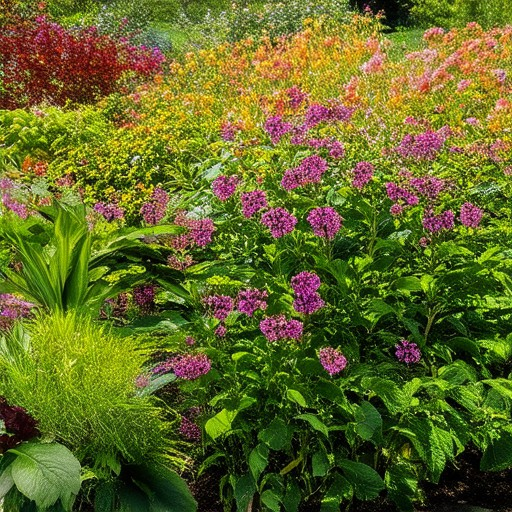
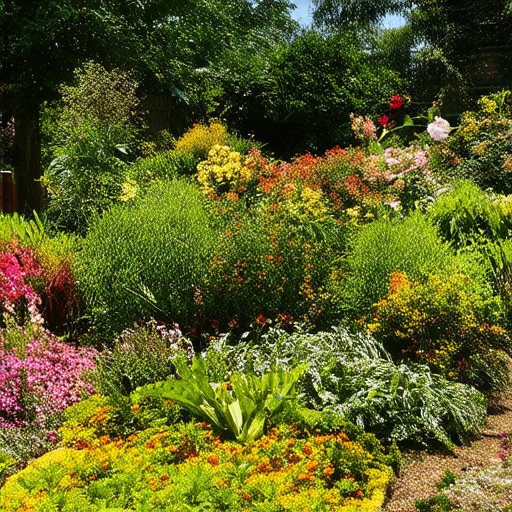
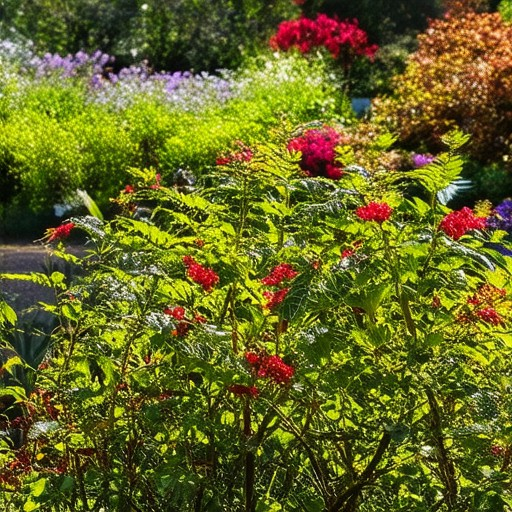
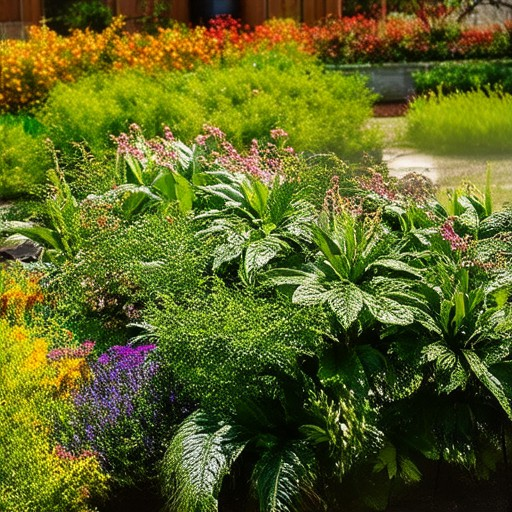

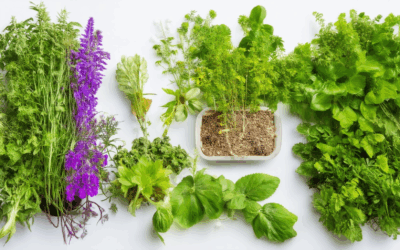
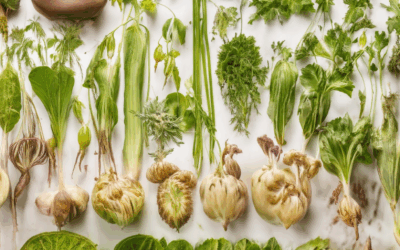
0 Comments